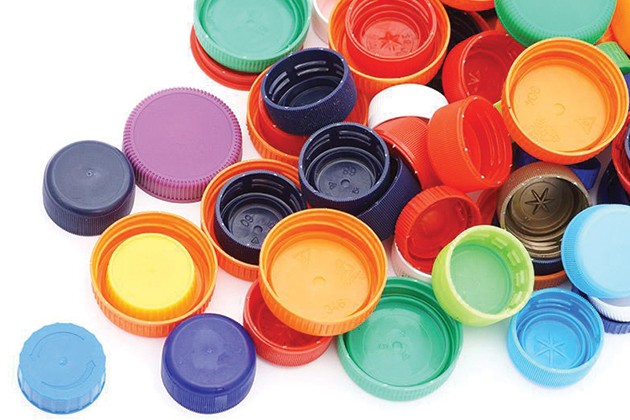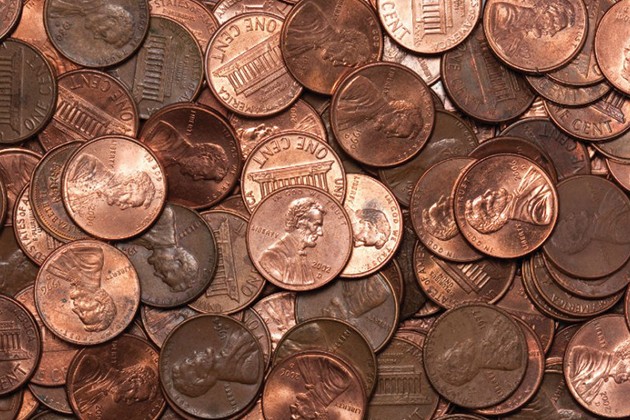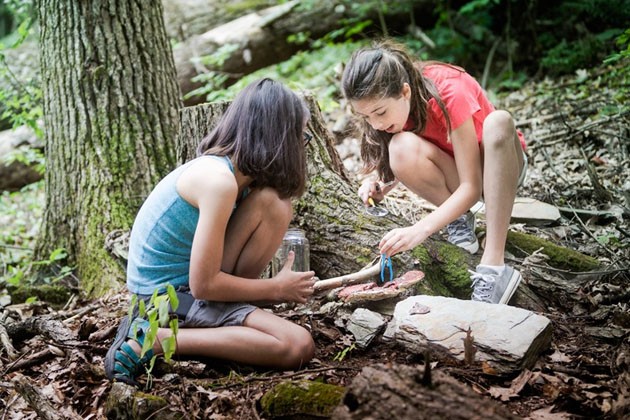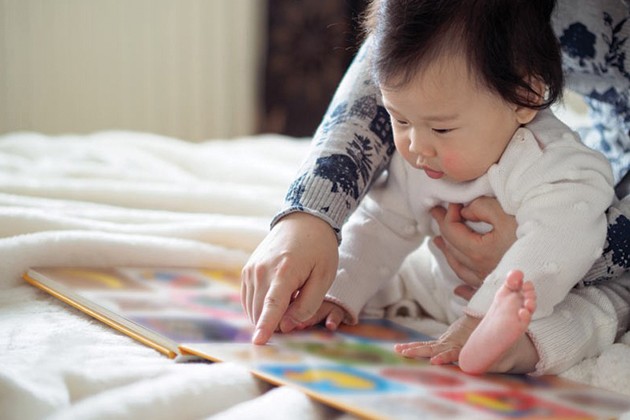Here’s How to Teach a Preschooler to Fold Clothes

Teaching your preschooler how to fold clothes is a self-care skill that can lead to long-term independence.
If you think folding laundry is a pain and you would do almost anything to avoid it, you may be missing an opportunity to make your preschool child smarter.
The reason? Folding laundry is one of those self-care tasks that’s deeply connected to helping your child learn to take pride in ownership and develop a sense of personal responsibility. The more practice your child gets, the more confident and competent your child will feel, and the more willing they may be to take on other self-care jobs.
Folding clothes also encourages kids to spend lots of loosely structured time purposefully and wisely in activities that promote:
- Learning new words and gaining language skills
- Using large and small muscle groups
- Following directions
- Counting and sequencing
- Identifying similarities and differences
- Grouping like items
- Recognizing shapes (and forming new ones)
- Dabbling in fractions
- Taking charge of small tasks
- Developing a can-do attitude
- Completing a task that, when done well, is instantly rewarding
To help folding sessions go swiftly and smoothly, remind your child that:
- Folding pants, shorts, socks, towels and tees as soon as they come out of the dryer cuts down on wrinkles.
- Working on a flat surface makes it easier to spread out whatever is being folded.
- Adding lively music—go with your child’s favorite tunes here—turns a potentially boring task into a fun one.
Here’s a list of ways to teach your preschooler to fold clothing, starting with quick-and-easy tasks and moving on to others that are a bit more challenging.
A pillowcase
This is one of the simplest and best tasks for preschool helpers. To start, show your preschooler how to fold a pillowcase in thirds lengthwise, and how to use their hands to smooth out wrinkles. Then demonstrate how to fold it in half crosswise, and in half again, if needed. Note the math words such as half, thirds, lengthwise and crosswise.
A washcloth or towel
Demonstrate how to spread out a washcloth or towel on a low, flat surface. Fold one side lengthwise toward the center. Repeat on the other side. Next, fold both the top and bottom ends of the washcloth or towel toward the middle, leaving a small space where the two ends meet. Align the two ends and fold one end over the other. Or try this easy technique for washcloths: Simply fold it in half, then in quarters (more math!).
Pants or shorts
Help your child hold a pair of shorts with both hands on the waistband and shake the shorts gently to eliminate wrinkles. Demonstrate how to fold pants or shorts so the two back pockets touch each other. Fold pants or shorts in half again so the waist and hems meet.
A short-sleeve T-shirt
Arrange a shirt front side up on a flat surface or table in front of you and your helper. Show your child how to fold each sleeve of the shirt toward the center. Fold the bottom half of the shirt up toward the shoulders, creating a rectangle. Fold the shirt in half again to create a square.
Socks
Show your child how to lay two matched socks on top of each other and align them evenly. Pat to smooth out wrinkles. Fold the cuffs toward the toes, about one third of the socks’ length. Smooth socks again and fold toes toward cuffs. Toes and cuffs should overlap just a little. Tuck toes under cuffs to finish. Admire your work!









